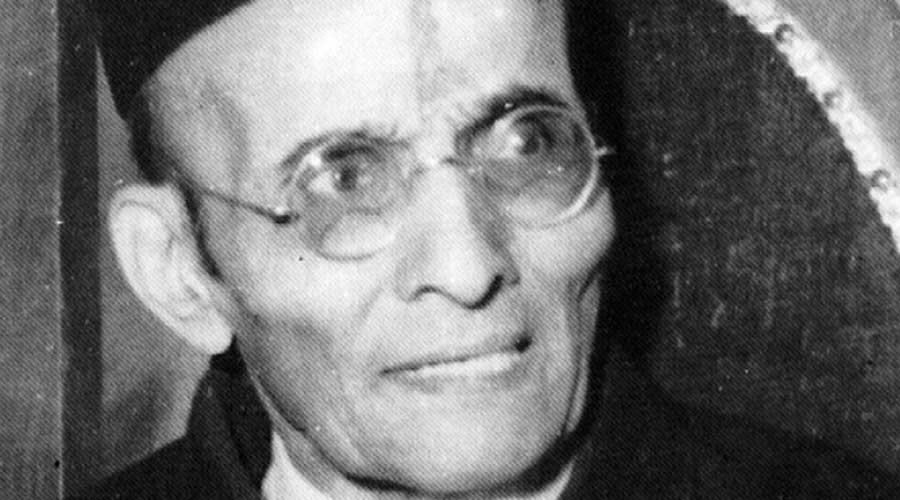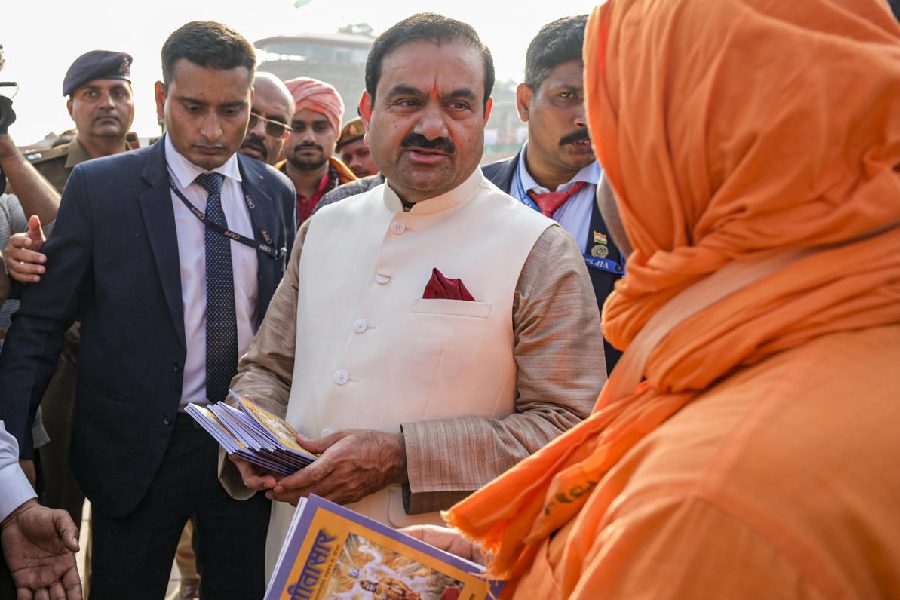The wife of the author whose piece in a Kannada school textbook had claimed V.D. Savarkar used to fly out of Andaman cellular jail on the back of bulbuls has said the bird imagery was “nothing but a metaphor”.
The claim in the Class VIII Kannada second language textbook had gone viral on social media and drawn allegations of “glorification” of Hindutva icon Savarkar.
The lesson, Kalavannu Geddavaru, is a travelogue written by author K.T. Gatti, narrating his experience of visiting the Andaman cellular jail, where Savarkar was imprisoned.
The author, while describing the prison cell in which Savarkar was lodged, wrote: “There is not even a keyhole in Savarkar’s cell, but still somehow bulbul birds used to come flying inside the cell and sitting on their wings Savarkar used to visit his motherland everyday and return.”
Gatti’s wife Yashoda Ammembala said in a statement that her husband was “indisposed” and not in a position to clarify.
She said that while she cannot speak on his behalf, she can share some relevant details.
She said: “...Regarding the controversy over the bulbul imagery, it is self-evident that it is nothing but a metaphor. Much of the confusion appears to have been caused by the absence of context/ reference in the passage, which may be due to the author’s oversight or an editorial error.”
According to “informed sources”, bulbuls were plentiful in the region and were an integral part of Andaman prison life, she said, and pointed out that Savarkar’s association with the bird was part of local folklore, a fact that finds mention in Savarkar’s autobiography and a few other sources.
“We don’t know if the metaphor of Savarkar riding on bulbul was the author’s creation or if it is a story he had picked up from any book or local source, but we can say for certain that the bulbul image per se did not spring from the author’s imagination,” she said.
Ammembala pointed out that Gatti’s account included nothing more than his experience of touring the Andaman jail and there was no mention of the nature of Savarkar’s role in the freedom struggle or any detail about his ideology.
She said there is no mention of Savarkar in any of the author’s writings to suggest he had any information about Savarkar besides what is mentioned in the book.
“Around 30 per cent of the chapter contains quotes from the book Swatantrya Veera Savarkar (Mathoor Krishnamurthy, 1966). Savarkar’s autobiography is also among the sources listed in the bibliography,” she said in the statement.
“Those familiar with K.T. Gatti’s literature are unlikely to assume that the metaphor was meant to glorify Savarkar by an admirer of his ideology, and may not need any clarification regarding this,” she said.











